These changes have taken a long time. Singing emerged around half a million years ago and language around 100,000 years ago; however, that pace of change is really accelerating. It has only been 150 years since the first telephone enabled easy virtual conversation and 50 years since mobile phones were invented.
The loneliness disease
Professor of Psychobiology & Epidemiology
- Modern communication has not prevented rising isolation; loneliness is common worldwide, follows a U-shape across age and shows clear social inequalities.
- Loneliness and isolation predict higher risk of chronic disease, mental disorders, disability, pain and premature mortality, independent of demographics and other behaviors.
- We consistently saw that increased isolation during COVID-19 lockdowns had detrimental effects on people's health, and we saw that our modern ways of communication were substantially less effective at reconnecting us than the more traditional methods.
- Face-to-face contact best supports mental health, as shown during the pandemic; tackling loneliness needs screening, social prescribing and investment in community spaces and meaningful group memberships.
Feeling lonely
The very makeup of our societies and the way that we engage with them is fundamentally changing. Over the last four million years, our ancestral species, hominins, has evolved dramatically. Our brains have increased in size, as too have our social networks, and this has led to changes in the way that we bond with our networks, from grooming to singing to talking.
 Niche Stela with Nebseny Reciting Solar Hymns. © Metropolitan Museum of Art via Wikimedia
Niche Stela with Nebseny Reciting Solar Hymns. © Metropolitan Museum of Art via Wikimedia
Apps like Snapchat, TikTok and WhatsApp have all happened just in the last few years. These changes to the way that we bond and socialize are affecting us. Even though we are in frequent contact with other people, many of us are feeling increasingly isolated from those in the real world. This can lead to feelings that our social connections are not actually meeting our emotional needs and that we are lonely. Estimating rates of isolation and loneliness is hugely complex, but broadly around the world we know that loneliness follows a U-shape. It can be higher among younger adults. It decreases as we start to get into middle age but then increases again as we get older.
Some estimates suggest that as many as one in four people feel lonely. This rate increases year on year. I have increasingly been hearing loneliness and isolation described as an epidemic, although I am not so sure about this term. They are not contagious, but they are nonetheless things that can have a profound effect on us and have a profound effect on our health.
Defining health
Since the 1940s, when the WHO released a major new definition of health, we have recognized that health is not just the absence of disease or infirmity but the presence of positive, individual, social and physical well-being.
 © Pexels
© Pexels
Health is about us being able to manage symptoms we might be experiencing, to cope with them, to have resilience and to be able to lead lives with autonomy, meaning and purpose in them.
This definition of health is broadly recognized and accepted, but the way that our healthcare systems are designed is still predominantly biomedical in focus, not considering that broader, holistic definition of what health actually means.
A social determinant of health
Dozens of longitudinal studies show that loneliness and isolation are associated with future incidence of diseases, including chronic illnesses like cardiovascular disease and diabetes; psychiatric disorders like anxiety, depression and schizophrenia; age-related conditions like frailty, disability and chronic pain; and even our mortality, both through suicide and natural causes. These results have been shown in long epidemiological studies, but importantly, they are independent of people's demographics, their socioeconomic conditions and their other behaviors. We are becoming more and more confident in the causality of some of these findings.
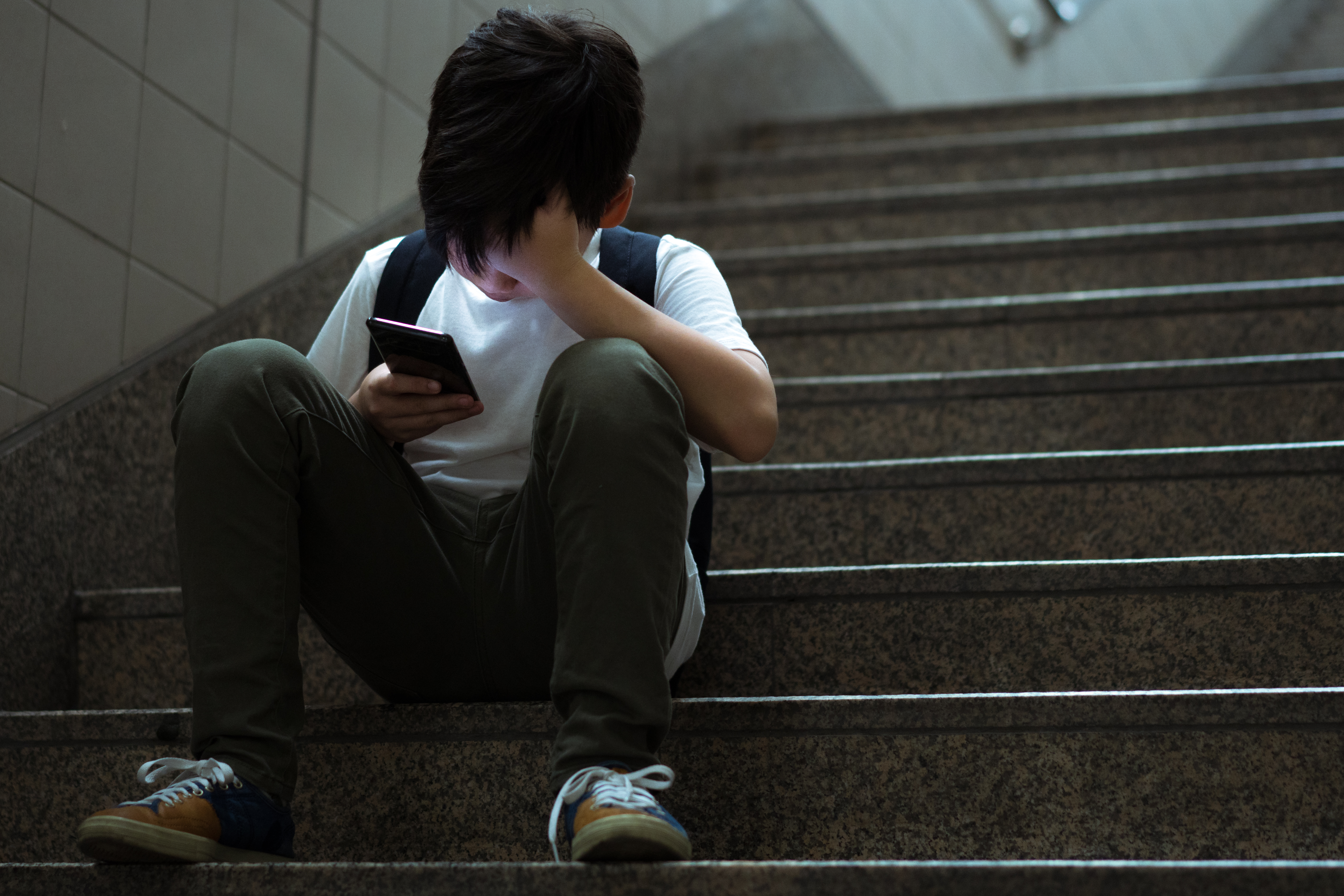 © myboys.me via Shutterstock
© myboys.me via Shutterstock
They are also borne out through experimental studies and through animal studies. Some of the reasons for this are indirect. While we sometimes talk disparagingly about negative peer pressure, according to the social-control hypothesis, social support networks can actually be positive influences. They tend to discourage poor health behaviors and encourage good health behaviors. When we become socially isolated, we lose this beneficial influence, and this can actually mean that we engage in adverse health behaviors. For example, we can be more likely to take substances like alcohol, tobacco or drugs.
We can also have reduced positive leisure behaviors and a poor diet. All of this can lead to increased risk of malnutrition, eating disorders and consumption of ultra-processed foods. We are also less likely to follow health guidelines when we are isolated, such as taking medication, and because we do not have as many people around us to talk to, we can often not have as much support or resources to draw on — meaning that we are less likely, perhaps, to go and see a doctor about our symptoms or know where we could even seek help.
Biological pathways of harm
There are also some intriguing biological reasons that isolation and loneliness adversely affect our health. From an evolutionary perspective, according to what is called the social neuroscience model, Homo sapiens is an inherently social species, relying on others for species survival. If humans find themselves socially isolated, they no longer feel safe, and they experience social stress and emotional symptoms of isolation like loneliness. This results in a cascade of biobehavioral effects that increase preparedness for potential assaults. For example, these effects include increased vigilance for social threats, both psychologically and also physiologically within our vascular, endocrine and immune systems. It includes less settled sleep and also increases in feelings of depression — all of this is designed to help us reconnect with others.
 © Alex Green via Pexels
© Alex Green via Pexels
While these responses increase the likelihood of short term survival, if the isolation becomes repeated or chronic, they actually carry long term costs.
Having an overactive stress system, dysregulated cardiovascular response, increased atrophy of the brain — all of these factors happen as a result of isolation and are detrimental to our health. For example, in our research, we have shown that people who are socially isolated have higher levels of inflammatory markers like C-reactive protein and white blood cells. People who are lonely have reduced inhibition of inflammation. We have also found that isolation can lead to increases of specific proteins in the blood that are related to cancers like myeloma, leukemia and lung cancer, as well as increases in other proteins that are receptors for viruses like Zika, Covid and Ebola.
The thing that can feel the most unfair in all of this is that the people who are most likely to be lonely and isolated are also the most likely to be at risk of all of these mental and physical health conditions. There is a very clear social gradient and pattern of social inequality in loneliness and isolation.
COVID-19 lessons on isolation
During COVID-19, my team and I led the UK's largest study into the psychological and social impacts of the virus. We involved over 75,000 people who took part in repeated surveys every week and month for two years, giving us unprecedented insights.
We consistently saw that increased isolation during lockdowns had detrimental effects on people's health, and we saw that our modern ways of communication were substantially less effective at reconnecting us than the more traditional methods. People who stayed in touch via messaging had the highest levels of loneliness. Video conferencing was a little bit better in terms of supporting mental health, but there was absolutely no substitute for real in-person contact as a way of reducing loneliness and supporting mental health.
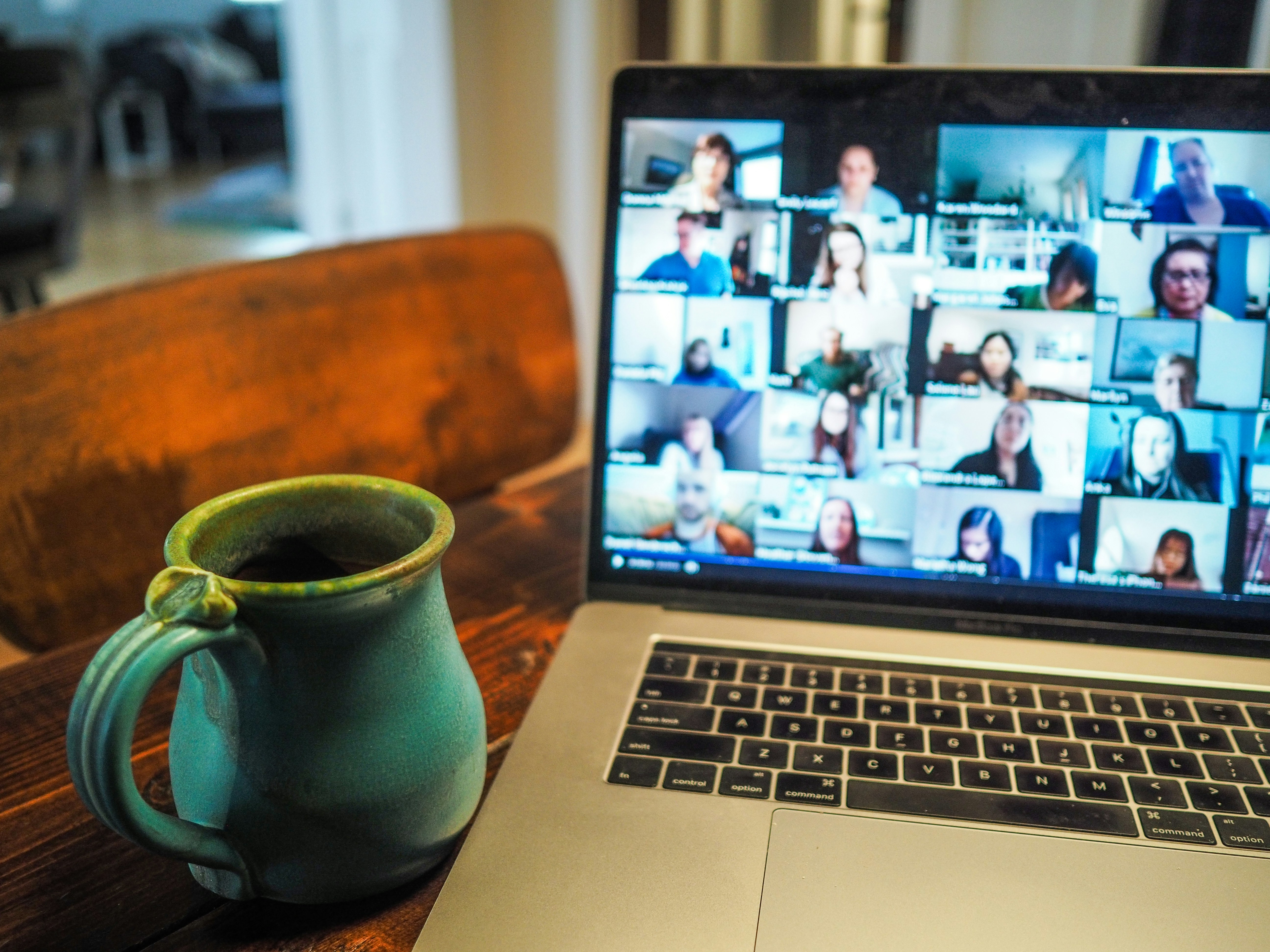 © Chris Montgomery via Unsplash
© Chris Montgomery via Unsplash
Seeing people face-to-face, even if it was distanced, was the thing that was the most helpful for enhancing people's well-being, reducing depression and reducing anxiety during the pandemic.
This teaches us a lot about how we might deal with future pandemics. It shows that face-to-face meeting, even if it is distanced, is actually ver important for maintaining mental health during really difficult times like this. It also has implications for how we think about societies as a whole and the ways that we connect with each other.
Sudden social isolation
There were some people during Covid who actually felt like they had increased connections. They felt like they were staying at home with their families; they had more opportunities to engage. There were some other people who felt the opposite, that perhaps they had that sense of people around them, but they were living in overcrowded accommodation. They were missing solitude, the opportunity to actually have time away from other people. There was also another group of people who were chronically isolated in this time. Even with the bubble scheme available — so that people who were living alone might have a chance to engage with somebody else — there were still some people who did not actually have someone to be in a bubble with. We saw amazing examples of mutual aid groups that were popping up within communities to provide support to some of these individuals, but it really did highlight that we do have problems around chronic isolation, particularly for older adults within our communities, that even schemes like this were not able to overcome.
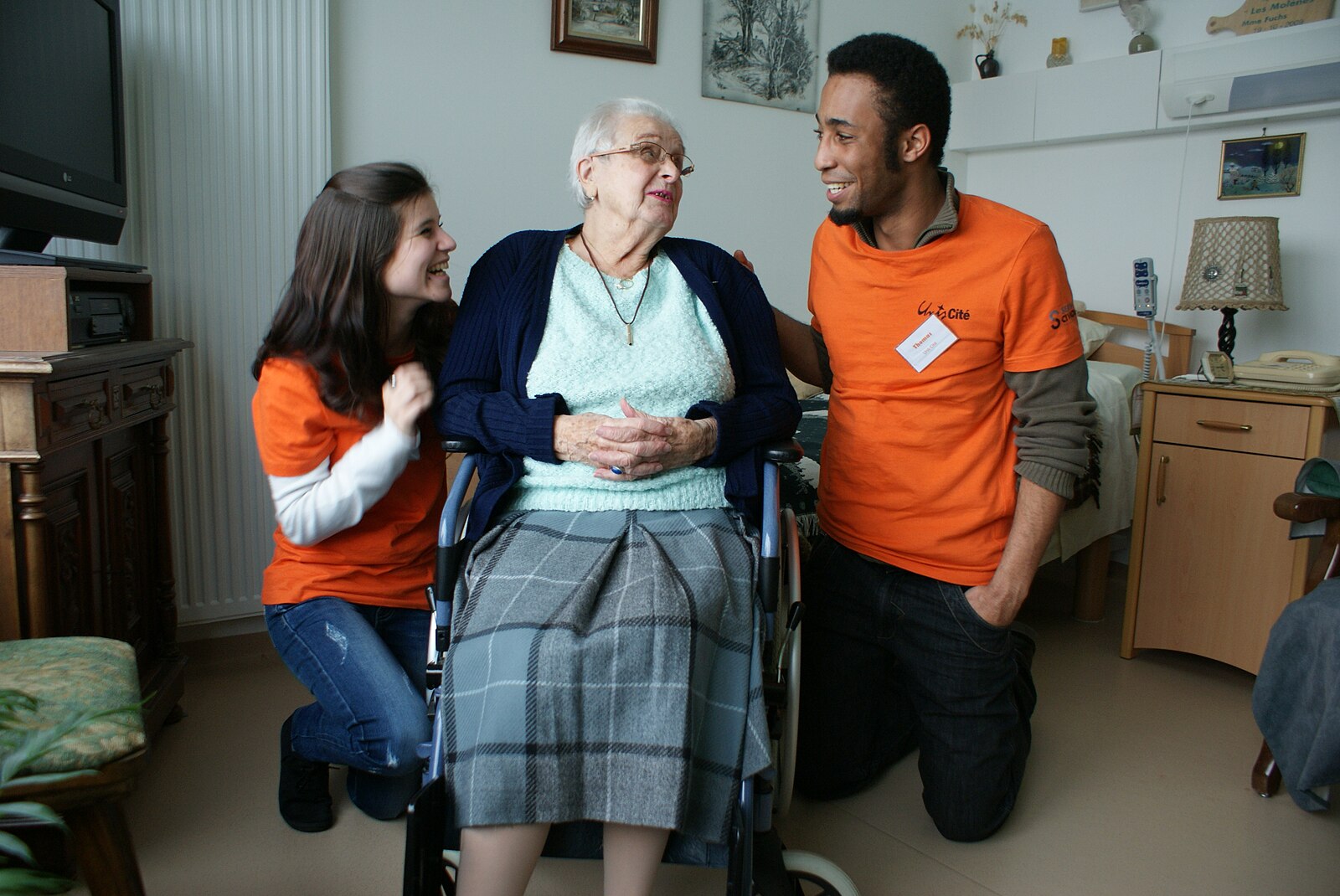 © Unis-Cité via Wikimedia
© Unis-Cité via Wikimedia
One of the things about social isolation is that it typically starts to occur gradually over time. People start to become more isolated from activities, from people. As they get older, it can be exacerbated by things like bereavement. What was weird within the pandemic was that it happened so suddenly. It was not something where we had that sense of preparation or gradual adjustment. For some people, there was a sudden cliff edge between having had that social world around them and now being completely isolated. It is actually more akin sometimes to more of these unusual experiences, like going into outer space. We wrote a paper in the BMJ where we discussed this opinion — the idea that it was not necessarily ordinary isolation people were experiencing but being plunged into much more of an alien landscape that you have not had the time to prepare for necessarily, something you have not navigated before. This has taught us a lot about the ways we think about isolation and loneliness within society. It has taught us the importance of helping to recognize people as they might gradually be slipping into these states but also particularly identifying those where there might be more of a cliff edge — people who might have had social networks around them but suddenly lose them, perhaps as they move location or as they are bereaved — and how critical it is that those people are given these opportunities. We help to identify them and find ways that they can reconnect with others before this starts to really adversely affect their health.
Daily changes to reduce isolation
Many of us are now completely addicted to our phones, using these as a primary means of communication, when we know from a mental health perspective that this is simply not going to have the same benefits that we would be seeing from face-to-face interaction.
One point of discussion is whether doctors should start screening people for loneliness and social isolation in the same way that we ask people about their BMI or their smoking habits. This could be a way of identifying people who are lonely or isolated in the community and helping to connect them to things that could help — schemes like social prescribing, for example.
We also have to question how we are thinking about children's education. It is absolutely important to build academic skills like reading and writing, but it is also really important to be building social connections, helping children to learn the skills of how to make and maintain friends, to try and reduce their risk of becoming isolated in the future.
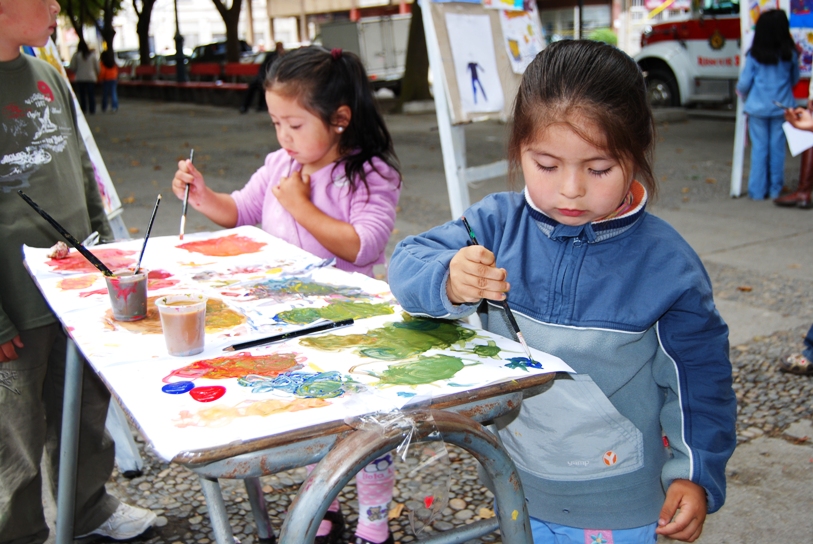 © Municipalidad de Talcahuano (Chile) via Wikimedia
© Municipalidad de Talcahuano (Chile) via Wikimedia
Giving children opportunities for unstructured social play is really important in helping them to learn how to navigate complex social situations. Providing young people with youth clubs, community venues they can go to, where they can engage in activities with others is also important. Of course, we have to be really reconsidering the role that phones and digital devices are playing in the lives of young people.
Forming social connections
As adults, we also really need to think about how we are forming and maintaining social connections ourselves, ensuring that we are giving ourselves the opportunity to engage in activities, clubs, societies and groups that might help to build our sense of social identity.
 © Emily Webster via Unsplash
© Emily Webster via Unsplash
It is really important that we find groups that we feel comfortable with. What we see very clearly from social psychology is that if we engage in groups that do not feel like we have that meaningful connection to, it can actually make us feel more out-group. This is something that can then be worse for our mental health. It is critical that we identify opportunities where we feel that sense of belonging, that sense of in-group membership, people that we feel we have affinities with. That is the thing that is most likely to support lower loneliness and a higher sense of social connection with others.
Communities and society all have a really important role to play here as well, making sure that we have the assets to engage in this, whether that is arts venues, cafes, community spaces, leisure centers — places where we can form those in-person human connections.
Social clubs are opportunities for us to form connections and help to bridge divides, helping to address some of the differences that we can feel potentially even insurmountable when they are approached via online forums.
Modern societies’ failing
A common misconception about loneliness is that it is an individual's fault or responsibility, but actually that is completely the wrong way of looking at it. If our societies are designed properly, nobody should feel lonely. We should all feel like we have that community around us, those people to support us and those easy opportunities to engage with others.
It is a failing of our modern societies, the emphasis that we are placing on digital technology, the blindness to the importance of preserving community spaces, that we are actually facing these high levels now of loneliness and isolation.
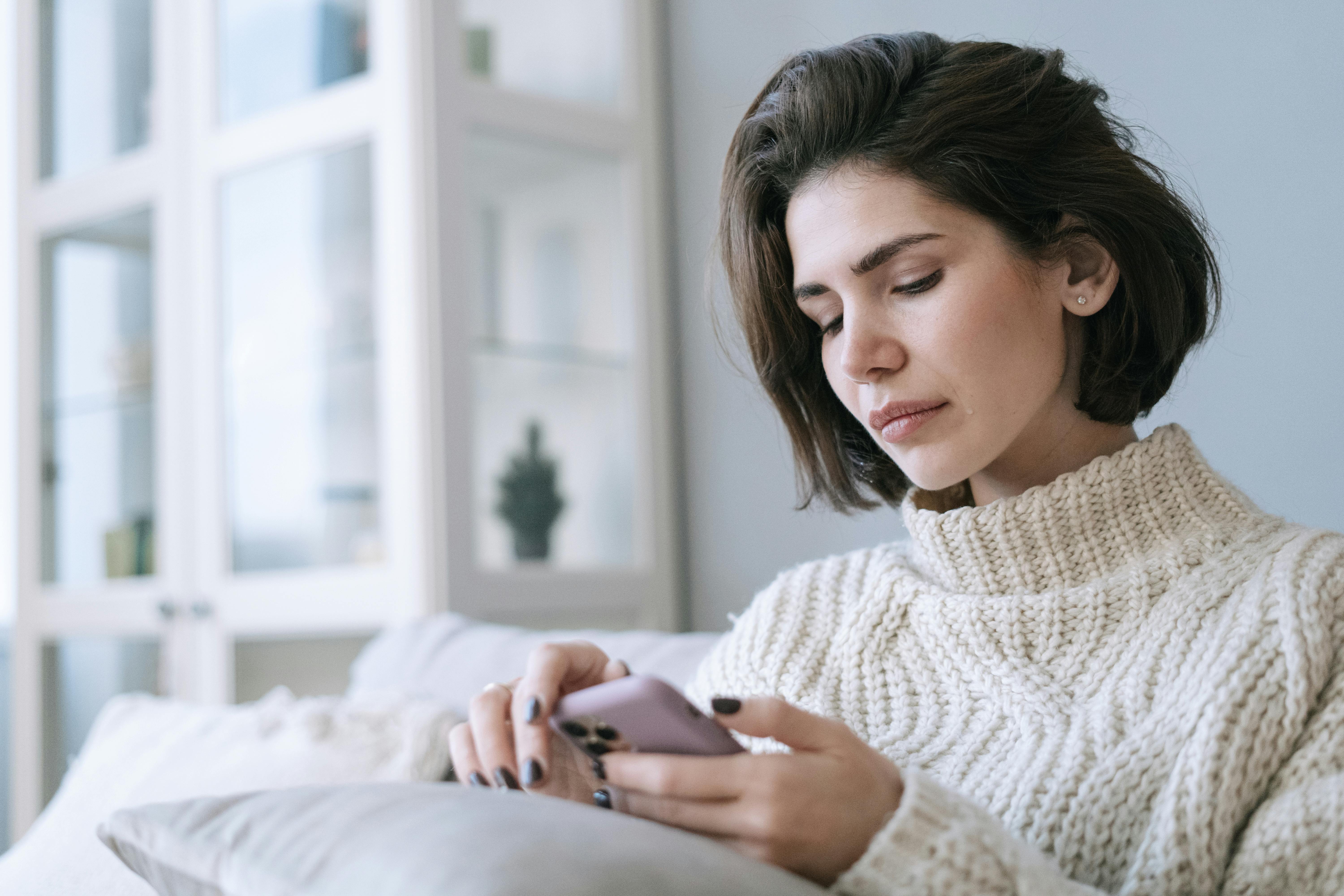 © Ivan Samkov via Pexels
© Ivan Samkov via Pexels
My advice to policymakers is that the heart of societies is our communities. They are utterly dependent on those simple day-to-day points of human contact. If we want to have healthy, happy, cohesive societies, we have to be investing in the assets and the opportunities that enable these simple interactions.
Editor’s note: This article has been faithfully transcribed from the original interview filmed with the author, and carefully edited and proofread. Edit date: 2025
Discover more about
loneliness on health
Fancourt, D., Steptoe, A. & Bu, F. (2021). Trajectories of anxiety and depressive symptoms during enforced isolation due to COVID-19 in England: A longitudinal observational study. The Lancet Psychiatry, 8(2), 141–149.
Bu, F., Steptoe, A. & Fancourt, D. (2020). Loneliness during a strict lockdown: Trajectories and predictors during the COVID-19 pandemic in 38,217 United Kingdom adults. Social Science & Medicine, 265, 113521.
Bu, F., Steptoe, A. & Fancourt, D. (2020). Who is lonely in lockdown? Cross-cohort analyses of predictors of loneliness before and during the COVID-19 pandemic. Public Health, 186, 31–34.
Fancourt, D., Steptoe, A. (2020). Is this social isolation?—we need to think broadly about the impact of social experiences during covid-19. BMJ Opinion, May 2022
Walker, E., Ploubidis, G. & Fancourt, D. (2019). Social engagement and loneliness are differentially associated with neuro-immune markers in older age: Time-varying associations from the English Longitudinal Study of Ageing. Brain, Behavior, and Immunity, 82, 224–229.
Bu, F., Steptoe, A. & Fancourt, D. (2023). Depressive and anxiety symptoms in adults during the COVID-19 pandemic in England: A panel data analysis over 2 years. PLOS Medicine, 20(4), e1004144.
Fancourt, D. (2026). Art Cure: The science of how the arts transform our health. Cornerstone Press.